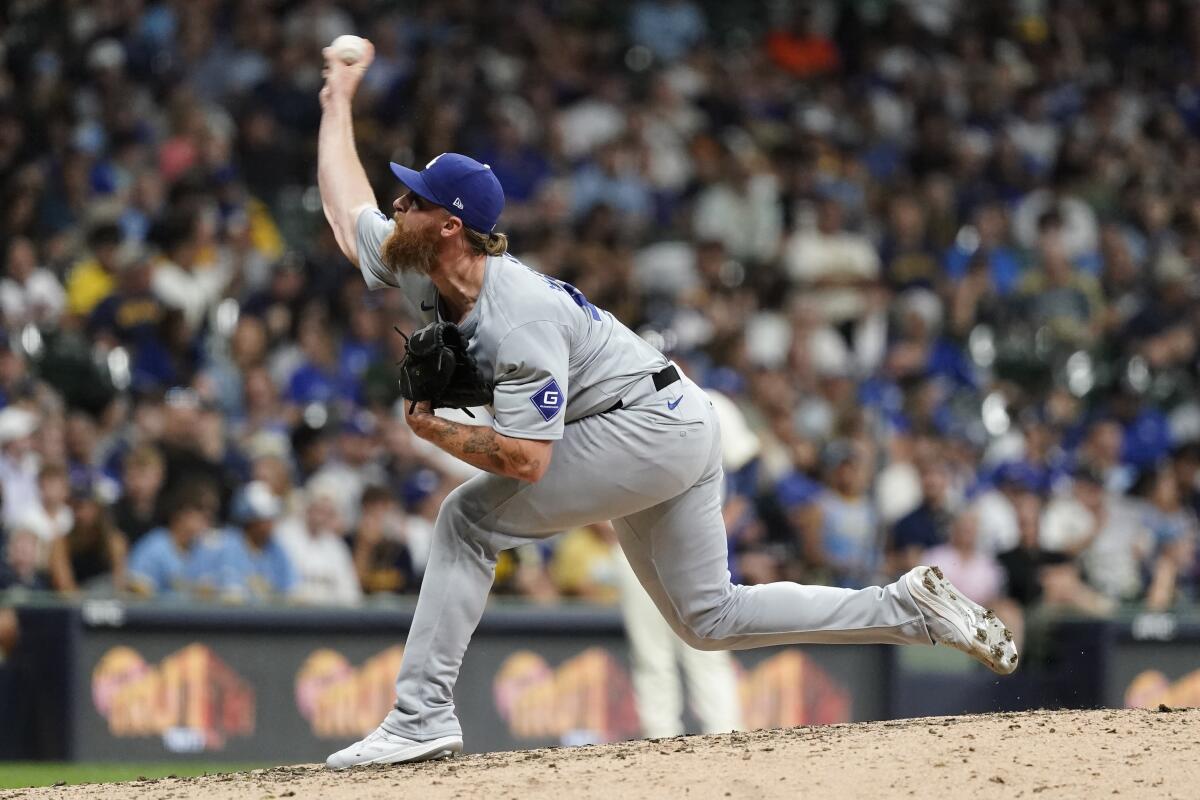Since his days in the Red Sox’s minor league system, Michael Kopech’s pure arm talent has been well documented. He served as a centerpiece in Boston’s trade with the White Sox for Chris Sale, alongside Yoan Moncada, a deal that made Kopech a household name in Chicago and placed great expectations upon him.

Unfortunately for Kopech, his early career was mired with injuries and inconsistent performance that prevented him from living up to his full potential.
He missed both the 2019 and 2020 seasons, and in the years that followed, the White Sox bounced him back and forth from the bullpen and starting rotation, stunting his development.
From 2021 through the end of his time in Chicago in 2023, Kopech struggled mightily with his command. He led all of baseball in walks allowed in 2023 and never had a season with a BB/9 under 3.00.
These command issues also manifested as pitches left out over the plate; his HR/9 was never below 1.1 in a season.
With these struggles continuing into 2024, and the White Sox preparing to enter a second rebuild, the writing was on the wall that Kopech would be traded.
The Los Angeles Dodgers, who found themselves decimated by injuries while the Diamondbacks and Padres were storming back, decided to take a flier on the righty.
Dodgers general manager Brandon Gomes had noticed that Michael Kopech had begun to make a change in his last five outings with the White Sox, which had paid dividends in, albeit, a small sample size.
It was enough to convince Gomes to take a chance on Kopech, a chance that has been more successful than anyone could have imagined.
Kopech has been able to continue his upward trajectory since arriving in Los Angeles. He has only walked three batters and has struck out 17 across 12 1/3 innings of work in his first 12 appearances.
The righty has only given up one earned run and is yet to allow a home run. He is 2-for-2 in save opportunities with Los Angeles. His 0.49 WHIP and 1.14 FIP, while unsustainable, show just how dominant Kopech has been since joining the Dodgers.
All of this raises the question: What was the big change?
In actuality, there are two differences that can be found going back to the changes he first implemented in Chicago before the trade. The first is a difference in pitch mix. Kopech has reduced the use of his four-seam fastball and increased the use of his cutter, helping to keep hitters off balance in the box.
These changes have also been accompanied by increased spin rates, particularly on his cutter. More spin has helped his cutter gain almost four inches of vertical movement. The pitch has been absolutely devastating, as it now has above-average horizontal and vertical movement.
Kopech has posted video game-type numbers with the pitch, getting an absurd 62.5% whiff percentage on his cutter since August 1. Over that same stretch, opposing hitters have not recorded a single hit off of the pitch. In other words, it has been one of the most dominant secondary offerings in baseball.
Meanwhile, increased spin has slightly reduced movement on his four-seam fastball, which actually makes it a more effective offering. The pitch now stays on plane much more, creating the illusion that it is rising, causing hitters to swing underneath it.
Since August 1, Kopech’s fastball has a 40.8% whiff percentage, and hitters are batting just .111 with only one extra-base hit against the four-seamer. While it may not be the 105-mph pitch that earned him notoriety in the minor leagues, the fastball is as effective now as it has been at any point during his career.
This uptick in production has already impacted Kopech’s full-season numbers. His .202 opponents’ xBA and 32.6% strikeout percentage both rank within the top 7% of baseball. With his fastball velocity in the 99th percentile and his whiff percentage in the top 6%, there is no reason to expect significant regression from Kopech in the near future.
Michael Kopech might not maintain his 0.73 ERA with the Dodgers, but his stuff backs up his results over the past month.
Part of what has made the Dodgers so successful in recent years is their ability to find players on the cusp of a career resurgence and to help those players make the final push to unlock the best version of themselves.
This has allowed L.A. to get above-average production at a below-average price. For the players, it gives them a second chance in baseball, allowing them to compete for a contender and often earn a big contract in the future.
Michael Kopech is a perfect example of this, and he figures to help the Dodgers immensely down the stretch in their quest for a World Series.



